En Plein Air Writing
In July, I had the distinct pleasure of leading five writers in the experience of writing en plein air. We met just behind the Mahany/Meininger Senior Community Center of Royal Oak—on Marais Ave., just north of 13 Mile Rd.—under a perfect sky. Do you remember those quintessential grade-school-summer-vacation skies that signaled a day stretching ahead full of adventure? That kind of sky. A perfect forecast for this unique writing workshop.
The objective of the workshop was to allow writers to experience the benefits of writing outside, which I suspect might include the same real long-term benefits which have been proven to result from the Japanese practice of forest bathing (shinrin-yoku):
. . . reduced stress, improved mood, improved creative problem-solving, improved immunity, lower blood pressure and accelerated recovery from illness or trauma.
— https://www.forestholidays.co.uk/activities/forest-bathing/benefits/ (See abstracts of research studies.)
But, for writers, additional benefits may accrue writing en plein air. Here’s one take on the practice of writing en plein air (with comparative samples of writing on the same piece done indoors and out) by Australian writer Fran Macdonald.
Thanks to the Royal Oak Nature Society, local writers have several lovely places to retreat to outside, and that day we wrote our way through two: the Royal Oak Arboretum and Tenhave Woods. Over the course of two hours, the five workshop participants wrote beginnings of three new pieces by choosing one of three prompts in a series of three writing prompts in three different outdoor settings: in the clearing behind the Senior Center, in the Arboretum, and in the Woods.
The area, still drying from recent rains, invited a mosquito or two to make an appearance, but in addition to waving those few pests away, the writers successfully skirted the occasional “leaves of three,” hats and sunblock provided sufficient shields against the indulgent sun, and water was consumed by all as the temperature rose. Our focus was on writing from within an off-the-grid green, and writerly camaraderie—as well as inspiration—appeared to be had by all.
Workshop Process and Products
In the following week, three of the writers submitted pieces to be published here (see below), pieces which they began outside that day. A fourth writer wrote a testimonial to the power of writing outside:
“I really REALLY loved the writing workshop outside. . . . I actually got a little weepy in the woods during one of the writing prompts because it centered me. I absolutely love my life, my kids, and the beautiful chaos . . . but writing has a way of showing me I’m still my own person with thoughts and ideas outside my daily life . . . [the] workshop pretty much reminded me I can accomplish a lot if I just try.”
— Writer Anne Grogan
“Elm” by Jan Hunt
I am Elm. Tall, broad, protective, even my name sounds stately and paternal. I am aspiring to be a protector. It takes many years to reach the status of protector. On my way there, I will take care of those smaller than me. I am thoughtful and take decisions seriously, always approaching any situation with care. I spread my branches wide, feeling a responsibility to watch over others as I gain protector stature. Patriarchal, staid, stoic, careful. Steeped in long-standing tradition, once a year I produce as many seed pods as I can and release them to the wind, watching them soar off to find their own life. To become like me. To become Elm.

“The Pussy Willow Tree” by Theresa Nielsen
I ask myself, how is it that I could love a tree? Almost thirty-five years ago, I planted a pussy willow tree in my backyard. It came from one stem that I had purchased at the farmer’s market. The tree grew big and tall with large limbs, which provided lots of shade on hot days.
That tree still stands in the backyard although it is a mere shadow of its former self. That tree has been through a lot. In fact, so have I. Just like it was yesterday, I remember sitting under the tree on the bench when the baby died. The one I had been expecting, the one who I was over-the-moon excited for. Our young son was going to be a big brother; I wanted to buy the baby everything I saw. But the joy I felt was over too soon. I sat under my tree for hours. At one point, someone asked if I would come into the house. But I didn’t respond. Between the smell of the gentle rain and the fresh daisies blooming, I couldn’t move. Under my tree, which surrounded me with its loving branches, is where I felt safe.
When the tree was about ten feet tall, I gave some of its stems to my mom and a few of my friends. But no one ever came back and said how their tree was growing or if it grew at all. I’ve always found that interesting and have felt blessed to have mine be so lovely.
When my father died in 1987, I found peace sitting under the tree in the wintertime. Being out there was so cold but only to the outside world. I was warm sitting there, talking to my Dad. And through tears stinging hot on my face, I asked God why.
When my grandchildren climbed up in the tree to reach the highest branches, I knew that my tree would live forever. I quilted my first quilt under that tree while the sweet smell of my mom’s rosebushes tickled my nose and the blue jays chattered. The sight of the long branches of the tree warmed my heart.
During a major snowstorm one freezing cold November day, my tree took a big hit. Many of the large limbs on one side split in half. I was devastated. I told myself, through tears, that it was only a tree, but it was my tree, planted all those years ago. Those old feelings, the loss of my baby and the heartbreaking loss of my father came rushing back, forcing my tears to fall again.
My husband said the whole tree would have to come down. Like a madwoman on a mission, I stood my ground. The tree wasn’t tall and majestic anymore; it wasn’t beautiful to anyone but me. But, it was my tree, and I loved it still.
One day this past spring, when I looked out my window in the early morning, the first thing I saw was my tree because there appeared to be little butterflies swarming about it. I hurried outside, and sure enough, what I saw were butterflies that I soon learned were Red Admirals. There were new branches on the tree and new growth all over it. I was so excited. The butterflies were moving about in clusters, flitting here and there on the blooms. In a word: amazing. I cried as I ran into the house for my camera.
The butterflies stayed in the tree most of the morning while I sat on the bench near the tree and watched them until the sun faded into the clouds and my coffee went cold. I looked up to the skies. Was this a sign of rebirth, a gift from God, or just a blessing? I may never know the answer. The butterflies never returned, but the new branches have grown. My tree is still a thing of beauty to me, and I will love it forever.

Here’s one more piece from one of the writers who went into the arboretum and found a new way of writing:
“To a Dogwood in Suburbia” by Elizabeth Brent
Tree, do you dream?
Or is it enough to bud, blossom, shed blossoms,
leaf out, and drop leaves,
hibernate until a new spring?
Tree, do you dream?
Tree, do you dream under summer’s bright blue sky?
Above the verdigris birdbath and the myrtle bed,
With branches bare in winter snow,
Patient with the passing years,
Tree, do you dream?
Tree, do you dream with your roots,
Pushing them deeper into the earth’s secrets?
Would you extend your limbs beyond the yard?
Here, fenced-in, with only lilacs for company,
Tree, do you dream?
Tree, do you dream as you bloom?
Each blossom a wish for more, or for other.
In your rapture, you become
A great, rooted cloud.
Tree, do you dream of drifting away?
. . .
I dream that life comes to me, as I cannot go to life.
My life is and is and is, and I must wait.
I dream of those creatures passing in the night—
Possum, coon, rabbit, rat.
I dream of the birds who came when I held the feeders,
Proffered suet, seeds, fruit.
I dream that if the wind lifts my branches and lets my leaves murmur,
And you are here, you might hear and understand everything.
I dream this: you will rest for a moment in this shade, this chapel I have made,
And, in that moment, you will consider me,
and, perhaps, ask me about my dreams.

Serendipity and Synchronicity
As is often true when you endeavor to shake things up a bit, you may discover, through serendipity and synchronicity, that your small act is, perhaps, a part of a larger play by the universe:
- The week of July 22nd, I began this post, blogging from Durham, North Carolina, more specifically from the Nicholas School of the Environment at Duke University, where my eldest daughter is Director of the Rachel Carson Scholars program.
- A dear friend and wonderful writer, Harah Frost, posted a piece on July 21st apparently written en plein air, “Summer This Time” on her Harah Frost blog.
- The blog connected to my Goddard College program (Master of Fine Arts in Creative Writing, ’96), “The Writer in the World,” featured a posting by Sherri Smith on July 23rd: “Activism for Introverts”.
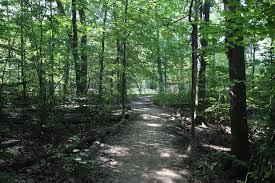


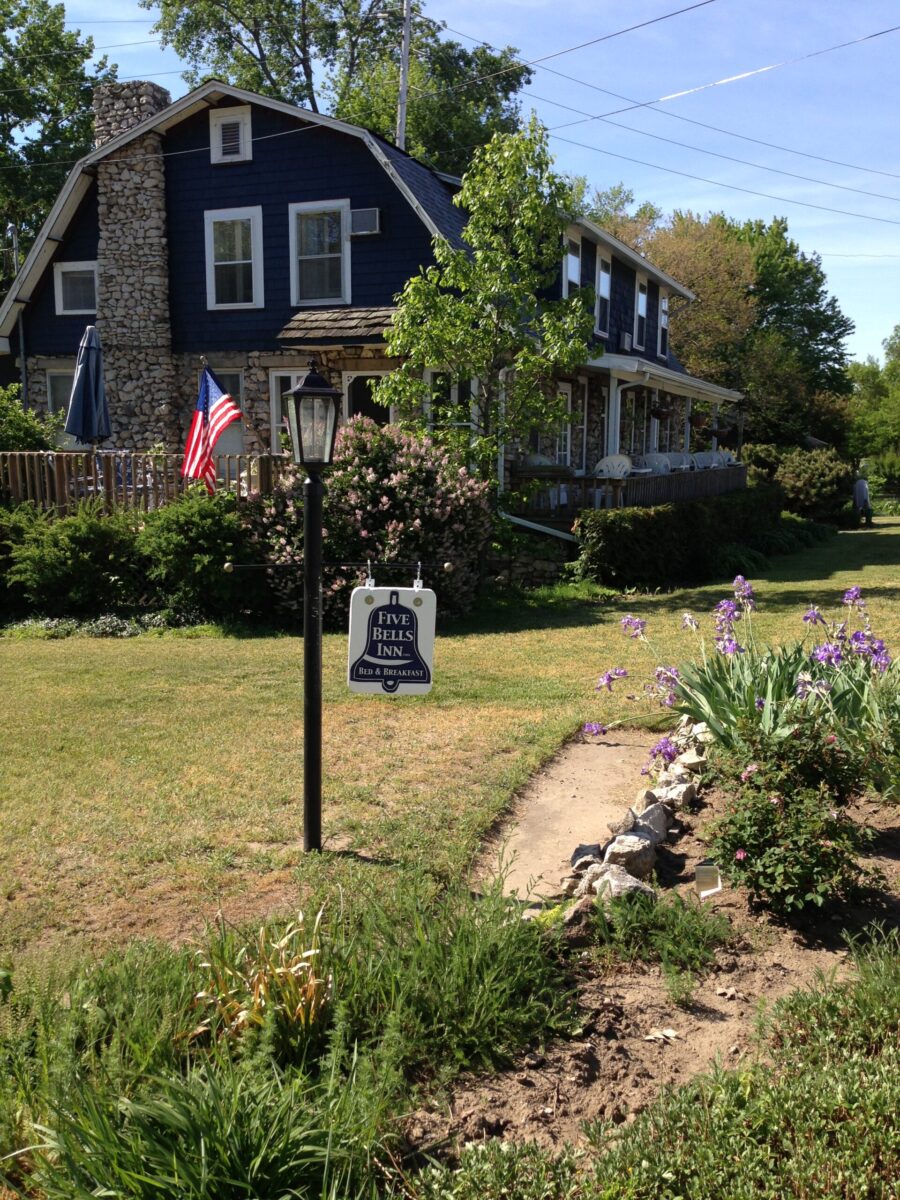
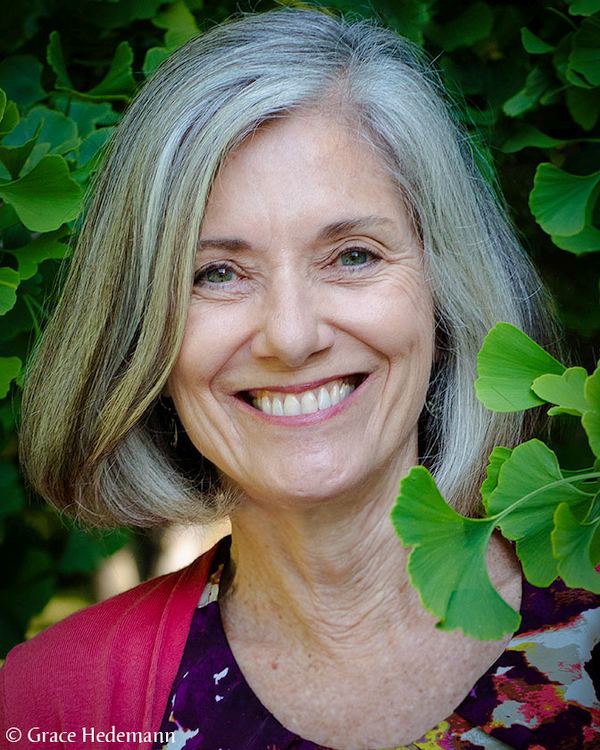
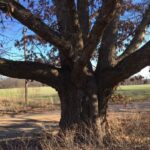
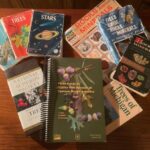
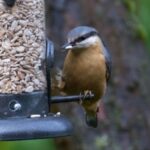
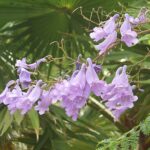

Maureen, this is a lovely and beautiful post. So nice to see. I will read it in full in the morning over coffee. Theresa
Sent from my iPad
>
Thanks, Theresa! It was a fun post to write. Brought back memories of writing en plein air in the arboretum that wonderful day. Afterward, I kept up the practice of writing outside more this summer than ever before: in my backyard and at cafes in Royal Oak, on the beach on Pelee Island, in Durham, NC, and in Denver and Leadville, CO. A lovely way to write!
Lovely!
Lake Muse B&B and Cottage Rental http://www.peleelakemuse.com 519-724-2068
>
Love these Tree Essays! Theresa, you made me cry. Your Willow sounds fabulous. And Jan, it was great to hear your voice again. Looking forward to seeing you at an upcoming workshop.